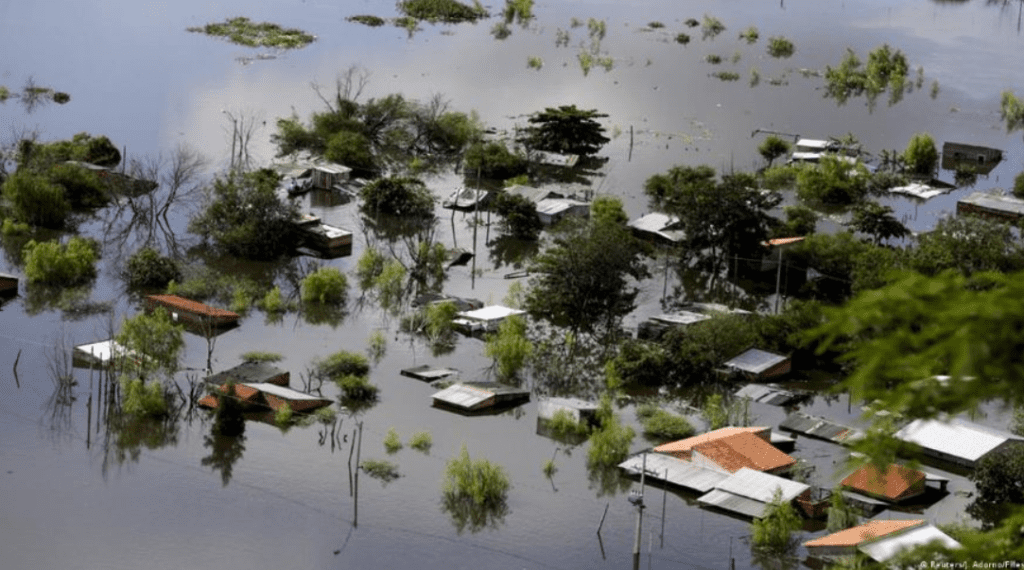The recent El Niño rains resulted in the tragic loss of 174 lives nationwide, comprising 133 adults and 41 children, according to the National El Nino Emergency and Disaster Control Centre.
The heavy rains also took a toll on the agricultural sector, affecting 84,568 acres of land and 6,706 animals, predominantly goats and sheep.
Counties such as Lamu, Tana River, Garissa, Mandera, Wajir, Homabay, and Kitui are facing significant threats to food security.
- Al Shabaab Gunmen Shoot Dead Boy 13 In Attack On Car In Hagadera, Garissa County
- South African Company Strikes Helium Gold With $1 Land Deal
- IPOA Condemns Terrorist Attack On GSU Unit In Banane, Calls For Strengthening Community Policing
Efforts are underway to restore damaged infrastructure, with 7,878 schools set for repair to facilitate their reopening.
The collaborative initiatives of various disaster preparedness and response agencies have played a crucial role in managing the impacts of the El Niño rains.
The number of displaced households has decreased to 15,208 across 79 camps, a substantial reduction from the initial 170 camps hosting 109,179 displaced households.
The State Department of Special Programmes has distributed over 4,604.6 Metric Tonnes of food items, including rice, beans, fortified flour, and corned beef, to affected Counties.
As the nation moves towards recovery from El Niño and its aftermath, the Kenya Meteorological Department has advised citizens to anticipate sunny and dry conditions across most of the country until at least the end of January 2024.
However, specific regions, including the Lake Victoria basin, Southern Rift Valley, South-Eastern lowlands, Highlands East of the Rift Valley, and South Coast, may experience sporadic rainfall.
DCI Seeks More Time To Hold Five Suspects In Murder Probe Of Meru Blogger Sniper
El Niño Floods Claim 174 Lives, Government Anticipates Dry Spell In January, El Niño Floods Claim 174 Lives, Government Anticipates Dry Spell In January

